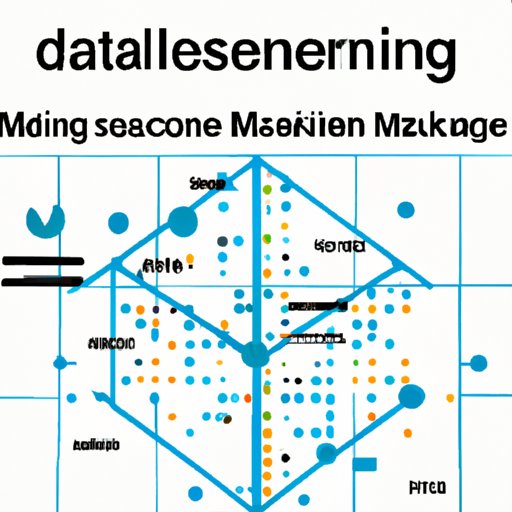Introduction
Modeling is an essential part of data science, as it helps to make sense of large amounts of data and extract meaningful insights. In this article, we will explore what modeling is in data science, the different types of models used, and how to evaluate their performance. We will also look at the impact of modeling on data science projects.
A Comprehensive Guide to Modeling in Data Science
Modeling in data science involves using mathematical and statistical methods to analyze data and draw conclusions. It is a key component of machine learning, which is the process of using algorithms to learn from data. Models are used to make predictions about future events, classify data into categories, and identify patterns in data. By leveraging models, data scientists can uncover valuable insights that can be used to make more informed decisions.
Exploring the Different Types of Models Used in Data Science
There are several different types of models used in data science. The most commonly used models include linear regression, logistic regression, decision trees, neural networks, support vector machines, and ensemble models. Each of these models has its own strengths and weaknesses, and each is suited for different types of problems. For example, linear regression is best suited for predicting continuous variables, while logistic regression is better suited for predicting discrete outcomes. Decision trees are good for classification tasks, while neural networks are well-suited for complex problems.
An Introduction to Model Building Processes in Data Science
In order to build a successful model, data scientists must first understand the problem they are trying to solve. They must then select the appropriate model based on the type of data they have and the type of outcome they are trying to predict. Once the model is selected, they must then prepare the data for modeling by cleaning, transforming, and selecting relevant features. After the data is ready, the model can be built and evaluated. This process can be repeated multiple times until the desired result is achieved.
How to Choose the Right Model for Your Data Science Project
Choosing the right model for your data science project depends on several factors, including the type of data you have, the type of outcome you are trying to predict, and the complexity of the problem. Additionally, you should consider the time and resources available, as some models may require longer training times or more computing power than others. Ultimately, the model selection process should be driven by the specific objectives of the project.

Evaluating the Performance of Models in Data Science
Once a model has been built, it is important to evaluate its performance. There are several metrics that can be used to evaluate a model’s accuracy, such as precision, recall, and F1 score. These metrics measure how well the model is able to correctly classify data into the correct categories. Additionally, other metrics, such as accuracy and ROC curves, can be used to evaluate a model’s performance. By analyzing the results of these metrics, data scientists can determine whether or not the model is performing as expected.

The Impact of Modeling on Data Science Projects
Modeling plays an important role in data science, as it enables data scientists to gain insights into complex datasets and make more informed decisions. However, there are both benefits and challenges associated with modeling in data science projects. On one hand, modeling can help data scientists identify patterns and uncover valuable insights that would otherwise be difficult to detect. On the other hand, it can be challenging to select the right model for a given dataset, as there are many different models available and each one has its own strengths and weaknesses.
Conclusion
Modeling is an essential part of data science, as it helps to make sense of large amounts of data and extract meaningful insights. In this article, we explored what modeling is in data science, the different types of models used, and how to evaluate their performance. We also looked at the impact of modeling on data science projects, looking at both the benefits and challenges associated with modeling. Ultimately, modeling is a powerful tool that can help data scientists unlock valuable insights from their data.
(Note: Is this article not meeting your expectations? Do you have knowledge or insights to share? Unlock new opportunities and expand your reach by joining our authors team. Click Registration to join us and share your expertise with our readers.)
